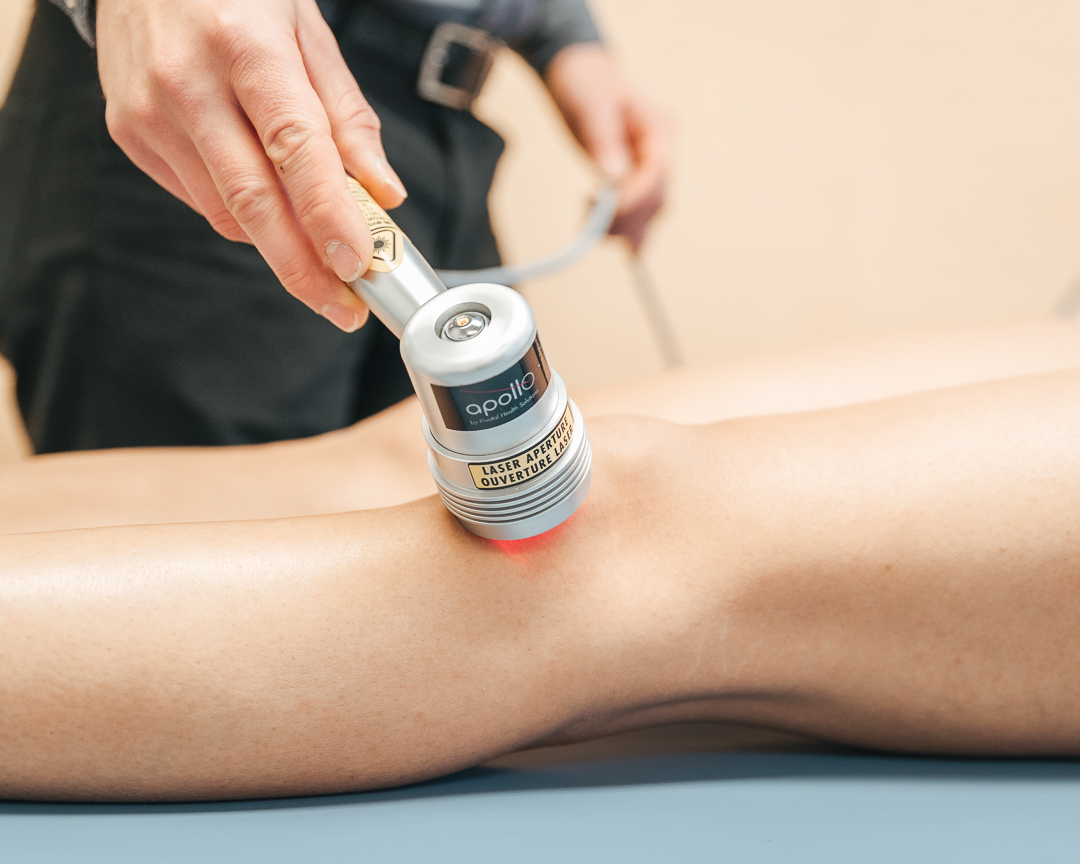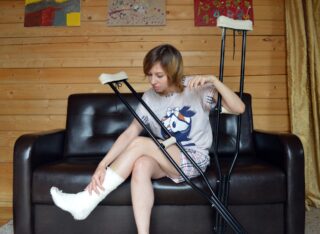The Power of Light: How Laser Therapy Works for Injuries

In the world of sports and physical activity, injuries are an unwelcome yet inevitable part of the grind. The pursuit of recovery drives athletes and health enthusiasts to explore various treatments, among which laser therapy emerges as a beacon of innovation. This post dives into the mechanics, benefits, and potential of laser therapy for injury treatment, creating a guide tailored for athletes and those living an active lifestyle.
Introduction to Laser Therapy: A Brief Overview
Laser therapy, also known as low-level laser therapy (LLLT) or photobiomodulation (PBM), employs specific wavelengths of light to interact with tissue and is used to help accelerate the healing process. It can relieve pain, reduce inflammation, and increase the speed of tissue repair. This non-invasive approach has gained traction owing to its ability to provide pain relief without the side effects associated with medications and surgery.
Understanding the Mechanism: How Laser Therapy Works on Injuries
At the heart of laser therapy is its ability to initiate photobiological processes in the cells. When the cells absorb the light energy, it triggers a series of events that lead to increased ATP (adenosine triphosphate) production, the energy currency of the cell. This increased ATP production enhances cellular metabolism, promoting the repair and regeneration of damaged cells. Furthermore, laser therapy stimulates the lymphatic system, reducing edema and inflammation, and increases blood circulation to the affected area, facilitating the delivery of oxygen and nutrients vital for healing.

Benefits of Laser Therapy for Athletes and Health Enthusiasts
- Reduces recovery time: Accelerated cell regeneration and increased blood flow help reduce recovery times, getting athletes back in action faster.
- Non-invasive and safe: With no need for surgery or medication, laser therapy offers a risk-free approach to injury management.
- Pain management: By reducing inflammation and stimulating the release of endorphins, laser therapy effectively manages pain without pharmaceuticals.
- Versatility: It can be used to treat a wide range of injuries, including muscle strains, tendinitis, bursitis, and more.
The Future of Laser Therapy in Sports and Health
The future of laser therapy holds promise not only in treating injuries but also as a preventive measure and performance enhancer. Ongoing research explores its potential in upregulating gene expression related to muscle growth and endurance, suggesting that laser therapy might soon become a staple in athlete training regimens worldwide.
Frequently Asked Questions about Laser Therapy
- Is laser therapy painful?
- No, most patients report no sensation during treatment, and it’s entirely non-invasive.
- How many sessions are required?
- The number varies based on the injury’s severity, but improvements are often observed within a few treatments.
- Can laser therapy be used alongside other treatments?
- Absolutely, it’s often part of a comprehensive rehabilitation program.
Conclusion: Exploring the Way Forward
Laser therapy signifies a leap towards understanding and utilizing light’s healing properties. Its remarkable ability to accelerate recovery, coupled with an exemplary safety profile, makes it an indispensable tool in modern injury management. For athletes and health enthusiasts alike, staying informed about and receptive to innovative treatments like laser therapy means not just faster recovery, but also a more profound connection to the body’s intrinsic capacity to heal. As the landscape of sports medicine and health continues to evolve, laser therapy shines brightly on the horizon, heralding a new era of care grounded in the cutting-edge application of light.


